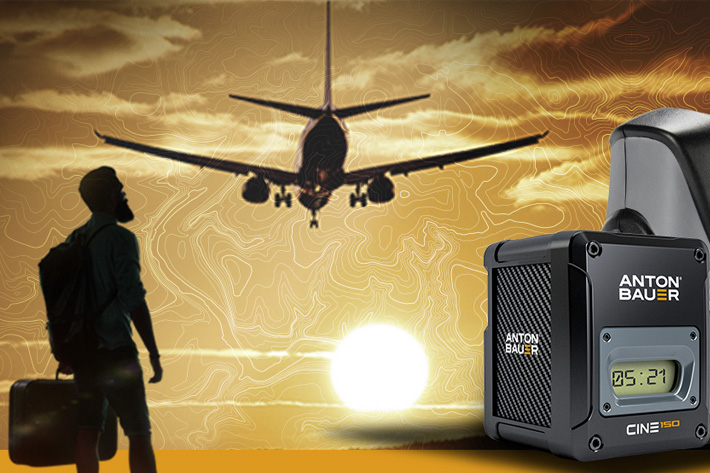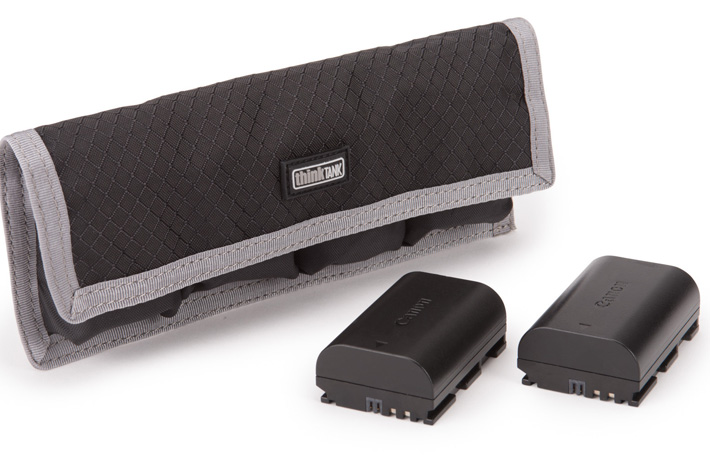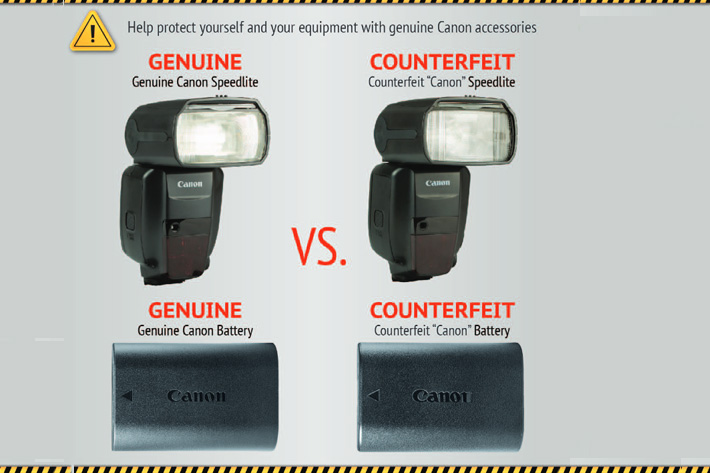
Since 2012 that traveling by plane with lithium batteries, which we use in so many devices, became a headache and a bit of a puzzle to everybody. We point readers in the right direction when it comes to information about traveling with lithium batteries.
Curiously enough, it’s only with modern technology batteries that we’ve problems when it comes to take batteries inside a plane. Old alkaline batteries, nonspillable wet batteries and even rechargeables as Nickel Metal Hydride (NiMH) or Nickel Cadmium (NiCad) are not subject to specific restrictions, but once you get to lithium, in its different flavours – common lithium ion, large lithium ion and lithium metal – it is important to know the rules before taking them for a trip abroad. One could almost assume that modern technologies are dangerous…
There are no restrictions if you travel by train, bus or boat, at least until now, but if you travel by plane, spare batteries have to be packed in special conditions and the air carrier wants to know, in many cases, what you’re carrying.
The ban on lithium batteries started in February 2012, when the International Civil Aviation Organization (ICAO) Dangerous Goods Panel developed new safety requirements regarding the transport of lithium batteries by air, which were incorporated into the 2013-2014 Technical Instructions for the Safe Transport of Dangerous Goods by Air. These provisions became effective for many countries on Jan. 1, 2013 and in recent years further legislation has appeared, the most recent in April 2016.

The Federal Aviation Administration (FAA) is clear about this: Spare (uninstalled) lithium ion and lithium metal batteries must be carried in carry-on baggage only. When a carry-on bag is checked at the gate or at planeside, all spare lithium batteries must be removed from the bag and kept with the passenger in the aircraft cabin. The battery terminals must be protected from short circuit.
Some of it should be common sense, but many people seem to forget that the battery terminals must be protected from short circuit. Loose batteries “present a risk of both igniting and fueling fires in aircraft cargo and baggage compartments,” says the FAA. The problem is that many battery manufacturers sell their batteries without a cover for the terminals, and those are not always easy to find in the market. You can protect the battery from short circuit by placing electrical tape over the terminals, but the better solution is to buy battery holders like those available from Think Tank Photo.

If lithium batteries, even of known origin, are a problem – and the recent Samsung Galaxy Note 7 story is an example – then what to say about counterfeit batteries, whose origin you can not confirm? That’s the reason why Canon U.S.A. is collaborating with the National Crime Prevention Council (NCPC) to promote awareness around the safety risks of using counterfeit power accessories, such as batteries, chargers, and external flashes.
According to Canon, “the production and sale of counterfeit products is an issue that not only affects the consumer electronics industry, but can affect consumer safety as well.”
Together with Canon U.S.A., NCPC will use its resources to provide educational tools to crime prevention practitioners, law enforcement officials, and educators who, in turn, can use those resources to teach their communities about the dangers of purchasing counterfeits. The awareness campaign will also include digital messaging directed to consumers and public service announcements as well as other videos.
Counterfeit items are illegal replicas of real products, designed to deceive and take advantage of the superior value of genuine merchandise. They are produced in a manner that is increasingly more difficult for average consumers to identify, which is why awareness and education efforts are so important. Furthermore, counterfeit power accessories can lead to potentially dangerous results. They typically do not contain important safety technologies and are not tested to meet industry safety standards. As a result, they may overheat, smoke, melt, ignite, or create power surges and electrical irregularities that may cause personal injury or property damage.
“The safety of our customers is of paramount importance,” said Yuichi Ishizuka, president and COO, Canon U.S.A., Inc. “We want to make sure our customers are aware of the dangers of counterfeit power accessories so they can avoid potential risks of hurting themselves or damaging their equipment.”
“As counterfeiting of camera accessories continues to evolve, we want to make consumers aware of this risk so they can keep themselves and their equipment safe,” said Ann Harkins, president and CEO, NCPC. “Counterfeit products designed to look like genuine products from major camera manufacturers may cause damage to people and property.”
Even with genuine batteries, photographers and filmmakers that travel from country to country with lots of equipment have, many times a major problem to solve: how to carry all the batteries needed, some of them of bigger size, with them. Anton/Bauer recently published information for those professionals, under the title “Taking the hassle out of battery travel”.
The text, an interview with Anton/Bauer’s Product Manager, Andrew Butler, mentions some important aspects of traveling with batteries but also reveals that Anton/Bauer developed a new feature to help everyone comply with IATA’s new regulation. Through a simple firmware update download, their Performance Quad Charger will automatically drain your batteries for you to the proper charge level so you don’t have to worry about it when you ship your batteries.
According to Andrew Butler, the International Air Transport Association (IATA) new policy, in effect since April 2016, states that “before shipping them as cargo with a carrier such as Fedex/UPS, Lithium-Ion batteries and cell packs need to be discharged to 30% of their rated capacity (or less)” and adds that “hazardous cargo such as Lithium-Ion batteries may not travel in the hold of a passenger aircraft so they can’t be in your checked luggage while you travel. However, batteries can be in your carry-on luggage and must be treated as a laptop going through TSA security. Unlike cargo shipments through a carrier, batteries traveling as a carry-on item during flights can be fully charged to 100%.
Andrew Butler indicates that the update only applies to Anton/Bauer’s current generation of Lithium-Ion batteries, such as the CINE, Digital, and Dionic Series. With CINE or Digital batteries, you’ll be able to tell right away when the battery is clear for travel with its extremely accurate power gauge that shows the percentage of charge. For the Dionic batteries, you’ll see a single bar of charge that represents less than 30% capacity. For those that want to have an alternative for power when traveling, Anton/Bauer also offers the high-powered HyTRON Series, which is a NiMH battery that can provide power for hours without limits or travel restrictions.
Follow the links for more info:
Traveling with Lithium Batteries
Batteries Allowed in Airline Passenger Baggage in the US
Passenger Carriage Of Lithium Batteries On British Airways Aircraft

